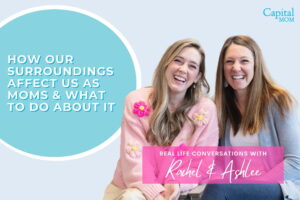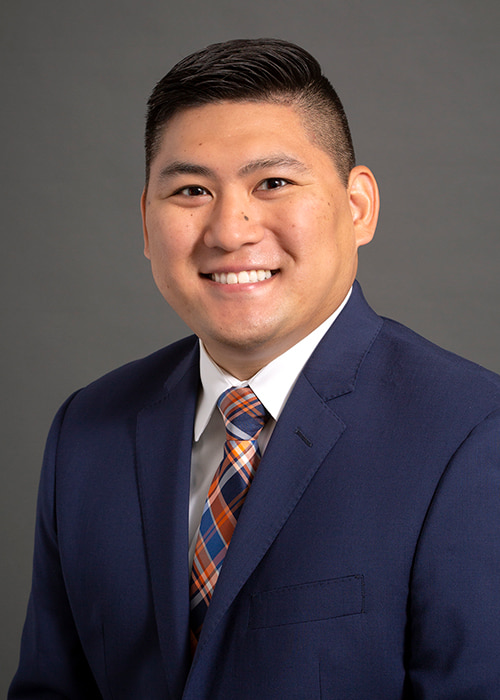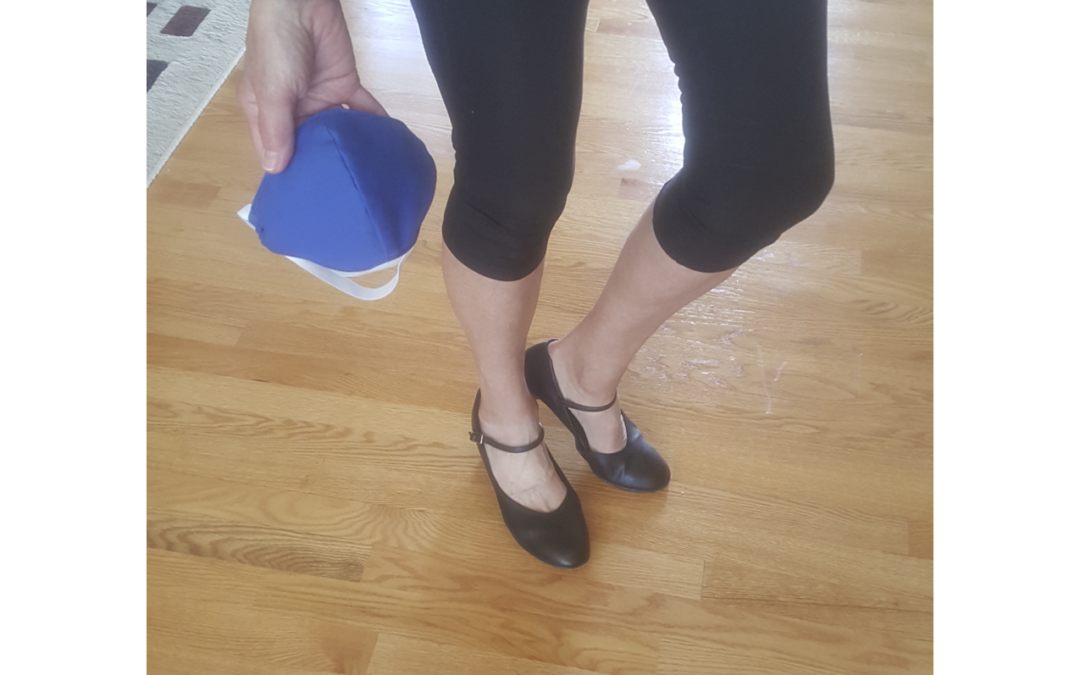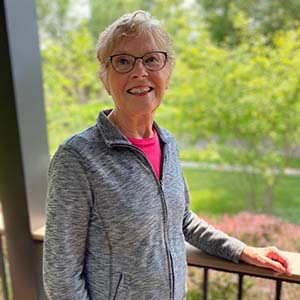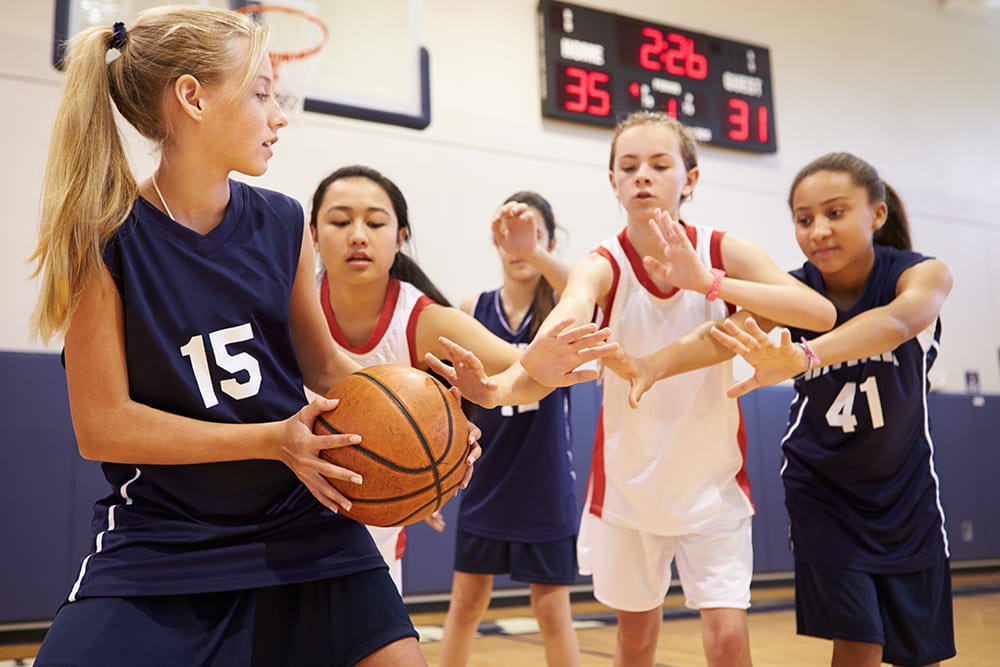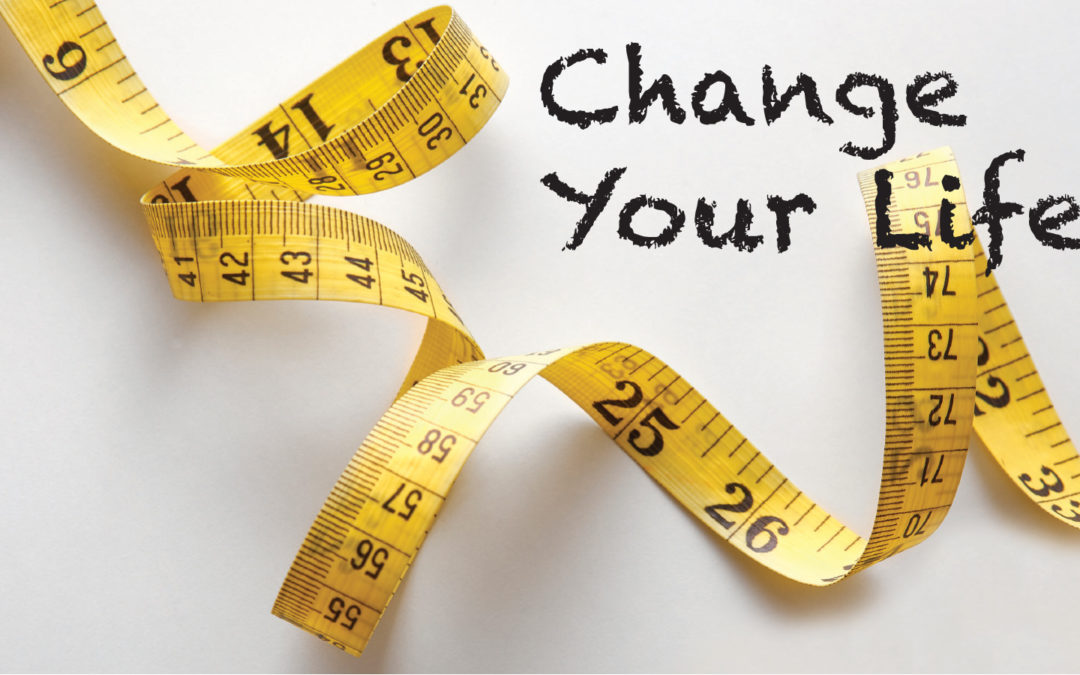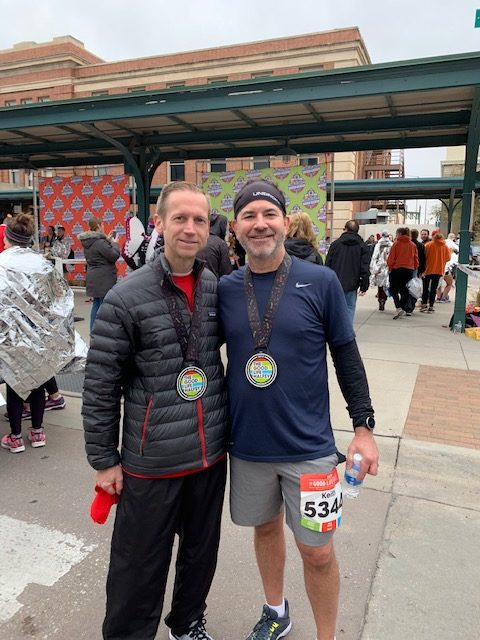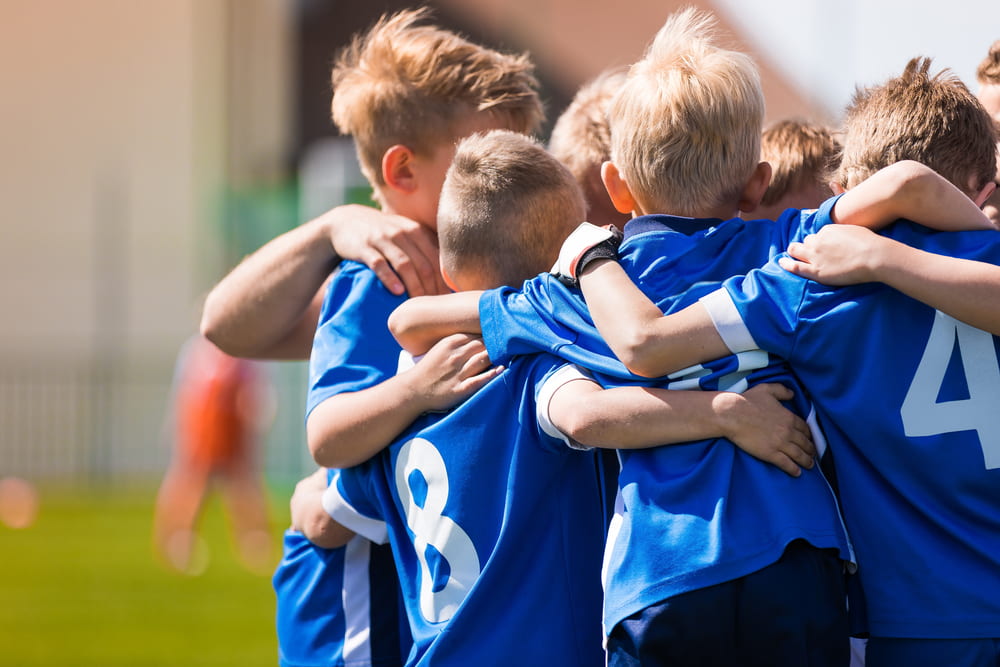My passion for weight loss management started when I worked in a family practice doctor’s office. There was a definite correlation with obesity and an increase in chronic diseases and decrease in quality of life. Now that my main focus is helping patients reach their weight loss and long-term health goals, I realize how absolutely life changing it can be.
I will admit most patients come in feeling defeated and have given up hope. Patients feel like they have tried everything from fad diets, extreme exercise and basically starving themselves. And, nothing was working. Some of these approaches led to temporary weight loss. But, they were simply unable to maintain the weight loss and often gained back more weight than they lost. When I see these patients, we talk about the benefits of surgery and a structured weight loss program for long-term weight loss. And, after the first visit they are already starting to feel a flicker of hope.
Benefits of Weight Loss Surgery
Where do I begin? There are so many! One thing I hear over and over is, ‘why didn’t I do this sooner’. Patients feel they have more energy, confidence and overall a better quality of life.
Losing Weight Improves Your Health
Weight loss surgery can help improve or even diminish major health conditions associated with obesity. Body Mass Index (BMI) is the ratio of a person’s weight to height. It is used to determine if a person is at a healthy weight, overweight, obese or morbidly obese. BMI calculators provide an easy way for you to find out your body mass index.
Here are some of the many conditions that can improve with weight loss.
Diabetes
Weight loss surgery is an effective treatment option for obesity-related diabetes, especially Type 2. If you have a BMI (body mass index) of over 35, this type of surgery may be the right choice for you. After your weight loss surgery, your sensitivity to insulin will increase which means you should respond better to oral medication and any requirement for insulin injections will be reduced. Patients generally achieve a lower A1C after weight loss surgery.
Heart Disease
Losing weight makes a world of difference in helping to protect and maintain your heart health. Current research shows a significant drop in cardiovascular risk for those who have had bariatric surgery compared to those who have not. After surgery, losing weight takes a bit of strain off the heart and lowers the risk of heart failure.
High Cholesterol
We all know too much cholesterol can cause potentially serious problems. Conditions associated with high cholesterol levels include heart disease, stroke, diabetes and high blood pressure. After gastric bypass surgery, patients often achieve near normal cholesterol and triglyceride levels within just a few months. Lowering cholesterol levels helps to clear plaque and also reduces risks associated with cholesterol build-up in the arteries.
Sleep Apnea
Sleep apnea is when a person stops breathing while asleep. This can cause many health problems. Bariatric surgery is proven to reduce the effects of sleep apnea, and in some cases, cures sleep apnea.
Cancer
There seems to be a link between some cancers and obesity. However, according to several recent clinical studies, weight loss surgery reduced cancer mortality rate in patients from 29-89% when compared to a group of individuals with morbid obesity who have not had weight loss surgery.
Depression
Research shows depression and obesity are closely related. One is known to lead to the other, and vice versa. After bariatric surgery and lifestyle changes, self-esteem is known to increase. As a result, this type of surgery most definitely can help those with depression and low self-esteem related to their appearance.
Acid Reflux
Many studies have proven that gastric bypass surgery can give those with obesity excellent control of issues associated with acid reflux. In fact, weight loss surgery may be an even better option for acid reflux because patients will also benefit from significant weight loss.
Osteoarthritis
There’s a known link between obesity and osteoarthritis of the knee and hips. For those with obesity, knee or hip surgery to treat osteoarthritis may not be an option due to their weight. Weight loss after bariatric surgery can help improve osteoarthritis. This weight loss may also make a person eligible for knee or hip surgery, if it is still needed.
Qualifications for Weight Loss Surgery
You may qualify for bariatric surgery if:
- You are 100 pounds overweight or more, with a BMI of 40 or greater, or
- You have a BMI of 35 or greater with one or more serious health conditions linked to being obese, such as diabetes, high blood pressure or sleep apnea, and
- You have not been able to lose weight in other ways, such as diet, exercise or medications
Other Considerations
There are several things to consider when contemplating weight loss surgery. You can look at it from two different angles both personally and financially. Here are a few questions you can ask yourself to help answer this question:
Are you looking to surgery for the right reasons? Bariatric surgery is meant to improve your overall health, it is not done for cosmetic reasons. Looking better is a “side effect”; feeling better is the goal.
Does your insurance plan cover weight loss (bariatric) surgery? Many insurance plans include bariatric surgery coverage. However, if you don’t have this coverage, we have other options available.
Do you have the emotional support you need? It is crucial that you have a strong support network of family and friends that will be there to help you through the process. We recommend close friends and family become educated about the lifestyle changes, risks and benefits of weight loss surgery so they can support you.
Ways the Bryan Bariatric Program Can Help You
At Bryan Bariatric Advantage, we have a specialized team to help you through your weight loss journey. This team includes a nurse practitioner, dietitian and surgeons. We also collaborate with mental health and exercise experts, as well as other specialty services as needed to ensure your success.
As the Bariatric Nurse Navigator, I can guide you through the entire process. Together, we can decide if surgery is right for you. We can also look at weight loss medication, if and when appropriate.
Our dietitian uses her weight loss nutrition expertise to prepare you for surgery and the life-long diet changes after surgery to achieve your goals. If surgery is not for you, she will help you to address your personal barriers with weight management and set goals to break through those barriers for good!
We’re here for you – to support and help you with compassion and expertise, and help you determine and navigate your best course to the ultimate goal of a long, happy and healthy life.
Learn More About Bryan Bariatric Advantage





